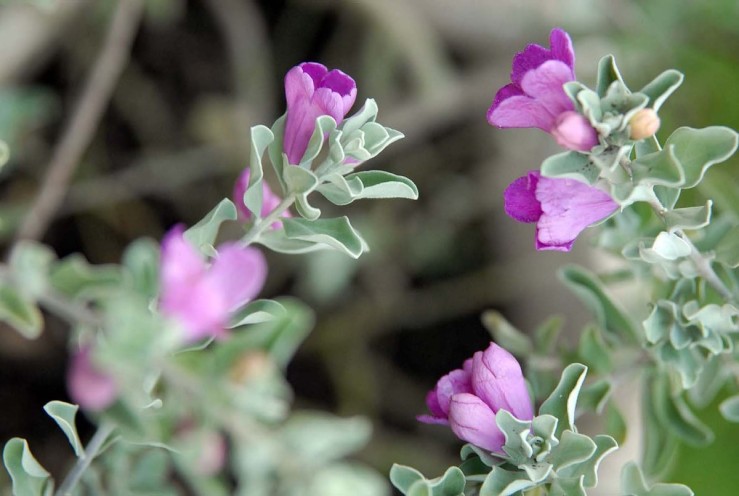visuals
Namaste,
What do you you see?
I see a boy pointing at me. Pointing at a stranger. What kind of stranger? A friendly stranger. Are you a stranger?
Yes. I am a stranger to myself.
Why is the boy pointing? The boy is pointing because. Because why? I don't know why. I know the boy is happy. How do you know he is happy? He is smiling. What is a smile?
It is a reflection. A reflection of what manifestation? A manifestation of joy. Facial muscles in Laos.
Can you read a smile?
Yes I can. His smile says, Smile, we will help you practice.
Metta.






 Share Article
Share Article 